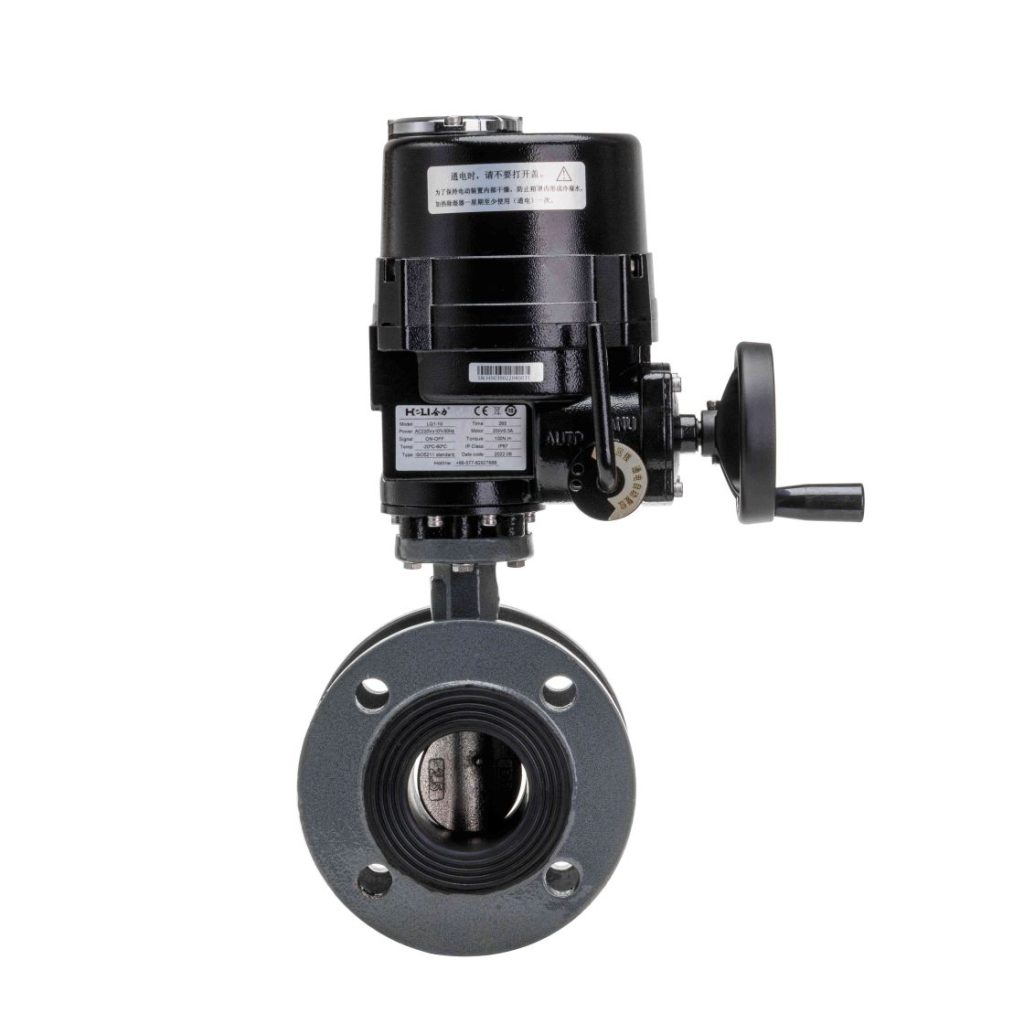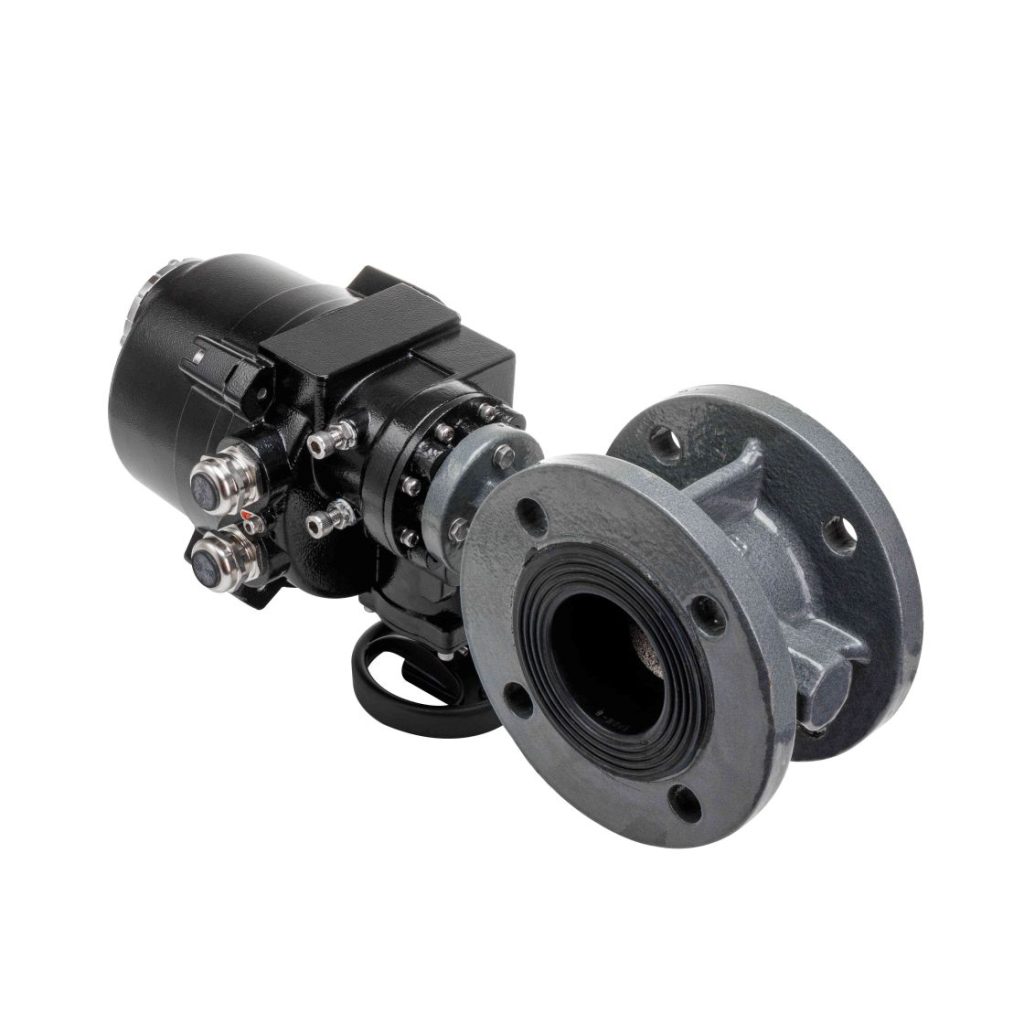The Electric Ball Valve is an essential component in modern industrial applications, providing efficient, reliable, and automated solutions for controlling the flow of liquids, gases, and steam. As industries advance towards greater automation, the demand for precision, speed, and safety in fluid control systems has led to the widespread adoption of electric ball valves. This article delves into the design, operation, advantages, and applications of electric ball valves, shedding light on their crucial role in industrial systems.

What is an Electric Ball Valve?

An electric ball valve combines the features of a traditional ball valve with an electric actuator for remote operation. A typical ball valve consists of a spherical valve element (the ball) with a hole through the center. This ball rotates within the valve body to either allow or block the flow of fluid. When integrated with an electric actuator, the valve can be controlled by an electrical signal, enabling automated operation and precise flow regulation. The electric actuator converts electrical energy into mechanical movement, turning the ball valve’s handle or stem to adjust the valve’s opening. Depending on the system’s needs, electric ball valves can offer either simple on/off control or more sophisticated modulating control to regulate flow rates continuously.
